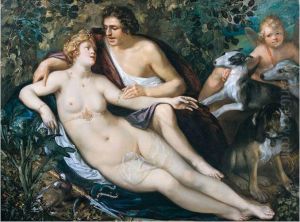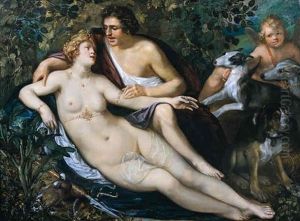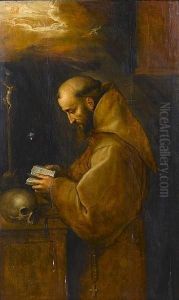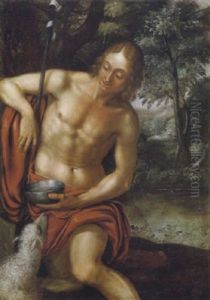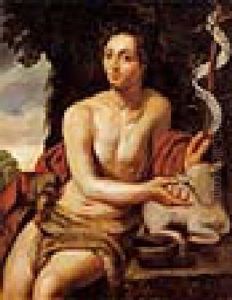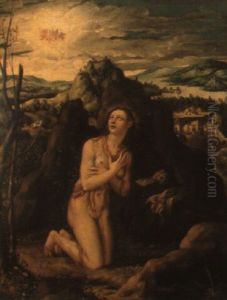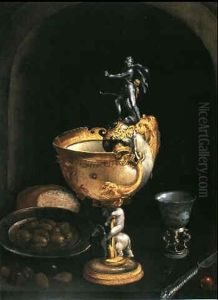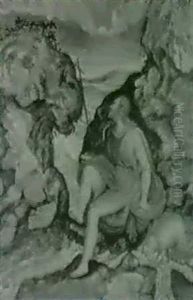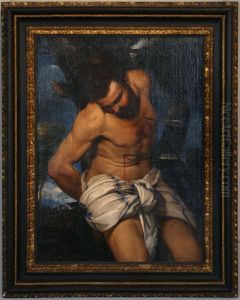Frans Badens Paintings
Frans Badens was a Flemish painter, born in Antwerp in 1571, who made a significant mark in the art world during the late 16th and early 17th centuries. Despite being born in the Southern Netherlands, his career was mainly established in Amsterdam, where he moved in the late 1590s. This period was marked by the burgeoning Dutch Golden Age, a time of great wealth and cultural achievement in the Netherlands, which provided a fertile ground for artists like Badens.
Badens was known for his versatility as an artist, specializing in various genres including history paintings, portraits, and landscapes. He was particularly celebrated for his skill in handling religious subjects, which were popular among the Catholic patrons in the Southern Netherlands, as well as mythological themes that appealed to the Protestant clientele in the North. His style was influenced by the Italian Renaissance, which he may have encountered firsthand during possible travels to Italy, though specific details about such journeys remain speculative.
His work was characterized by a keen attention to detail, vibrant color palettes, and the dynamic composition of his scenes. Badens' ability to blend the realistic portrayal of figures with the emotional depth of religious and mythological narratives set him apart from his contemporaries. He was also known for his portraits, which captured the nuances of personality and status of his subjects, making him a sought-after portraitist among the Amsterdam elite.
Despite his success, Frans Badens remains a somewhat elusive figure in art history, with many aspects of his life and career still shrouded in mystery. His contributions, however, are undeniable, with his works held in various collections and museums, testament to his skill and versatility as an artist. He died in Amsterdam in 1618, leaving behind a legacy that, while not as widely recognized as some of his contemporaries, represents an important chapter in the history of Flemish and Dutch art.
